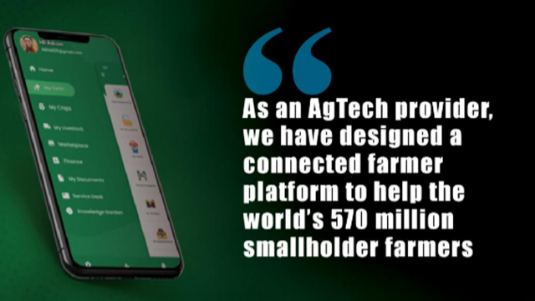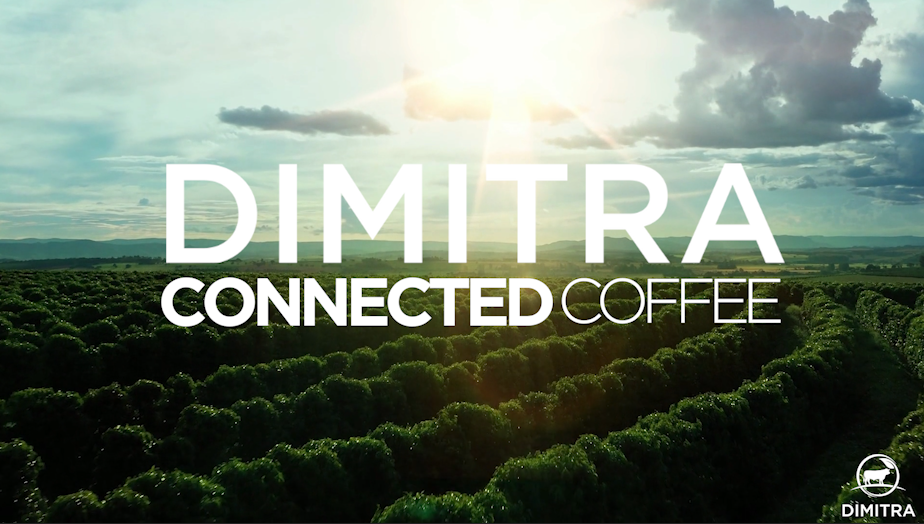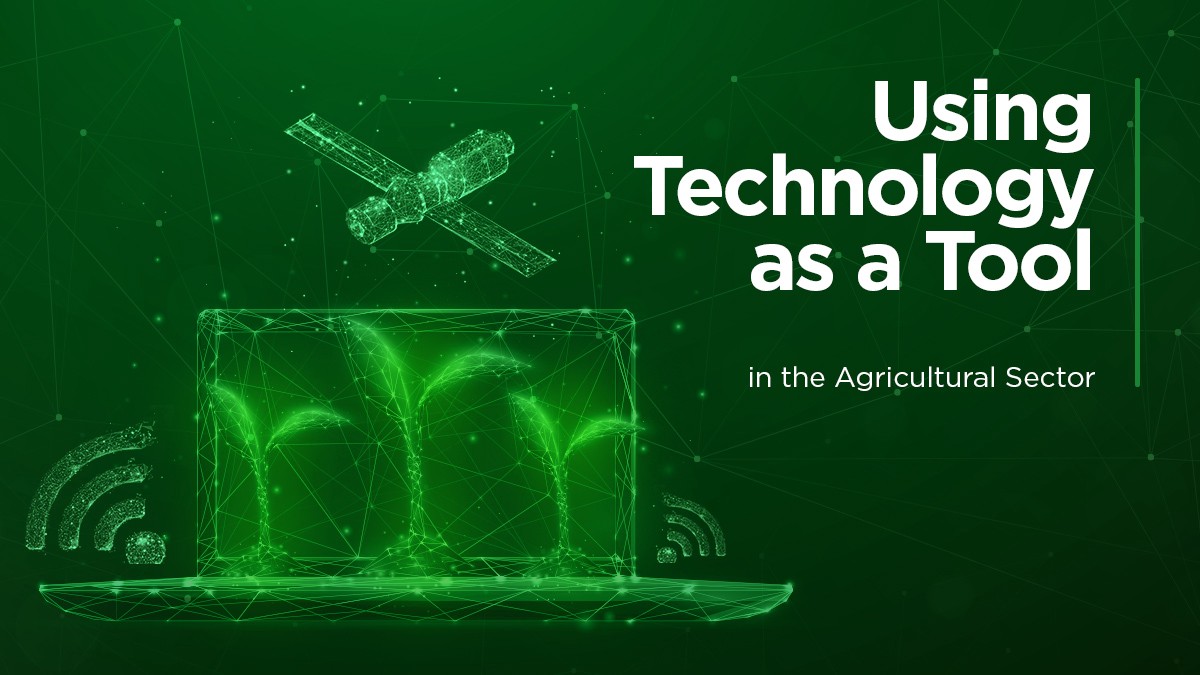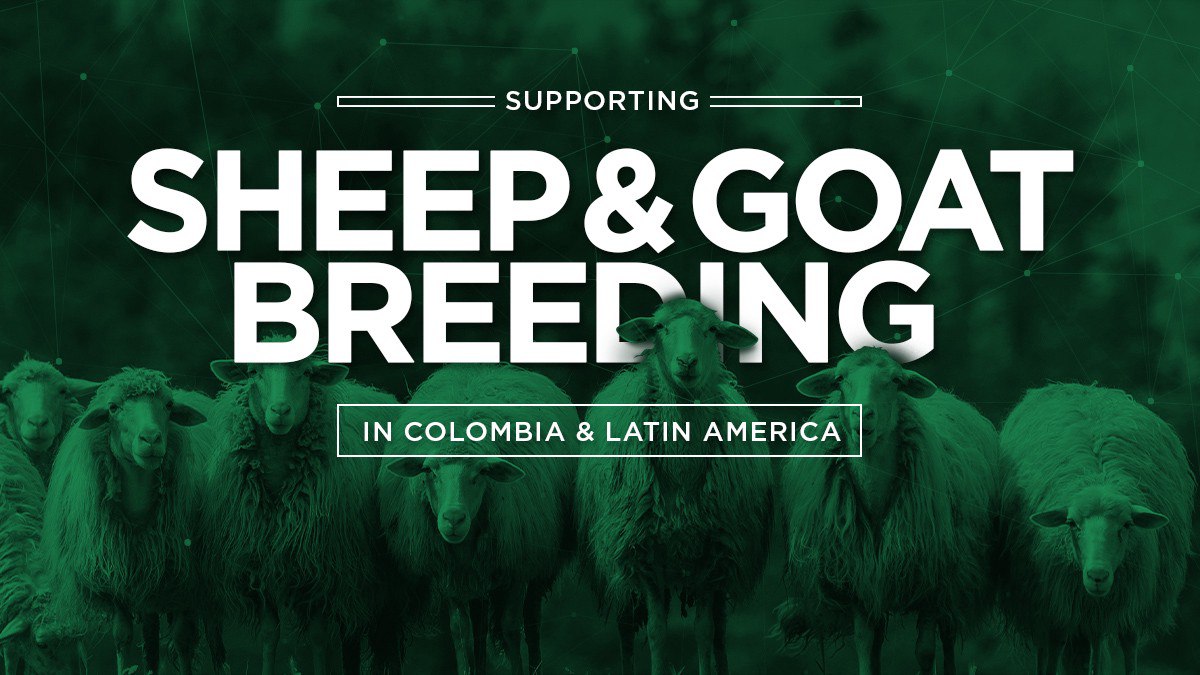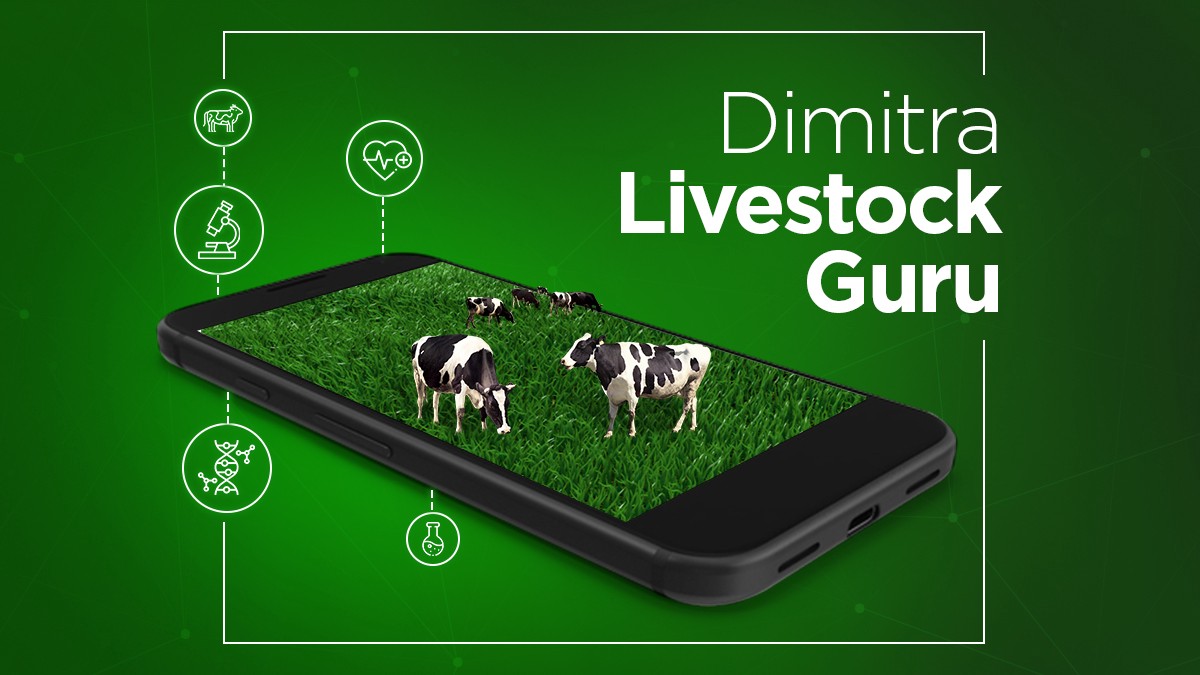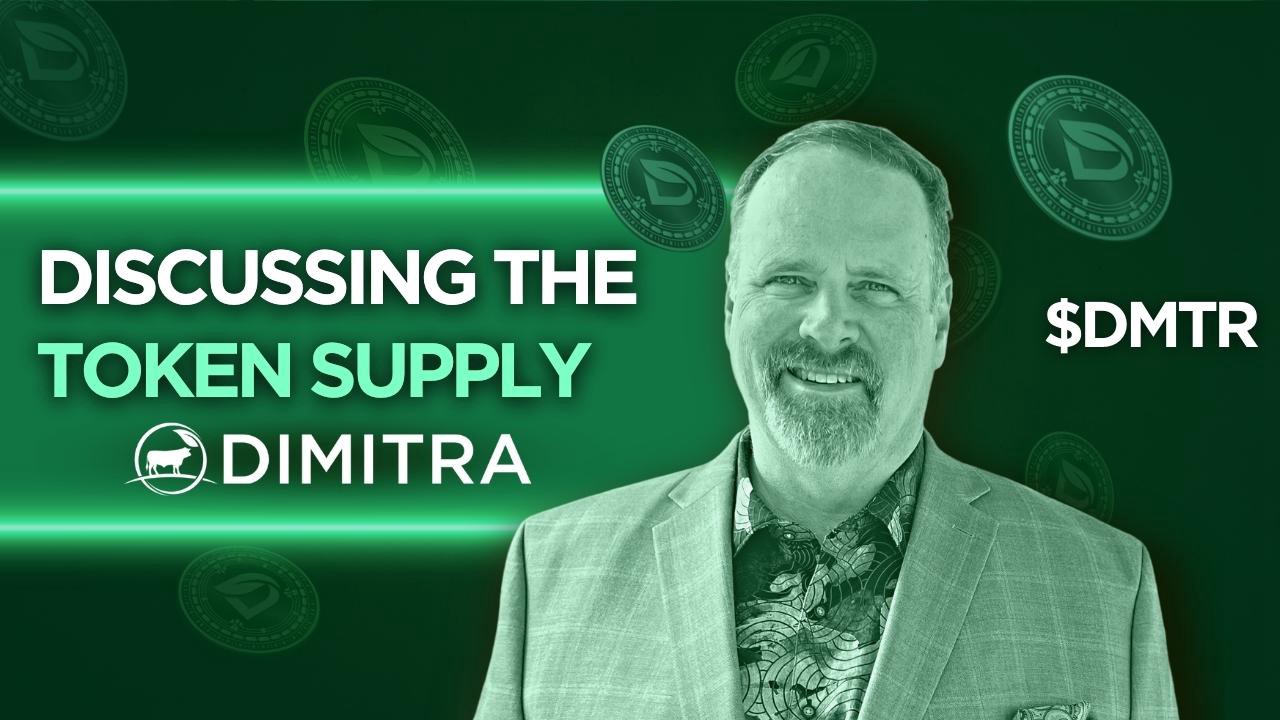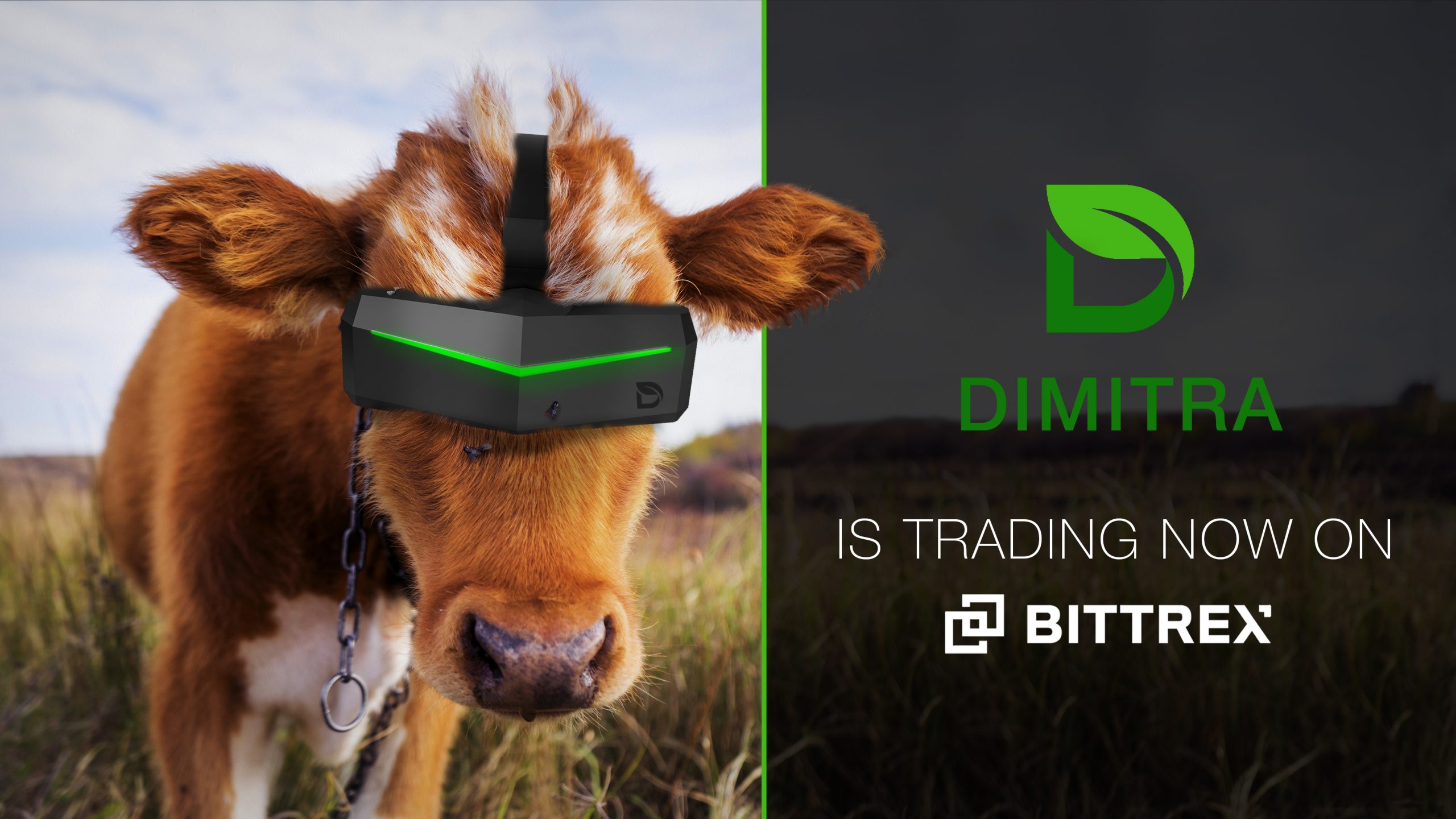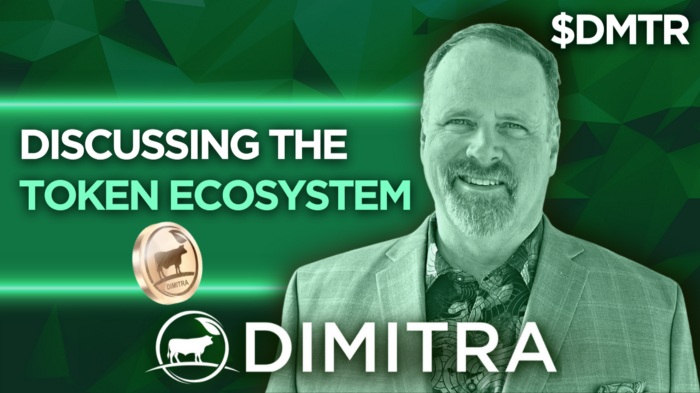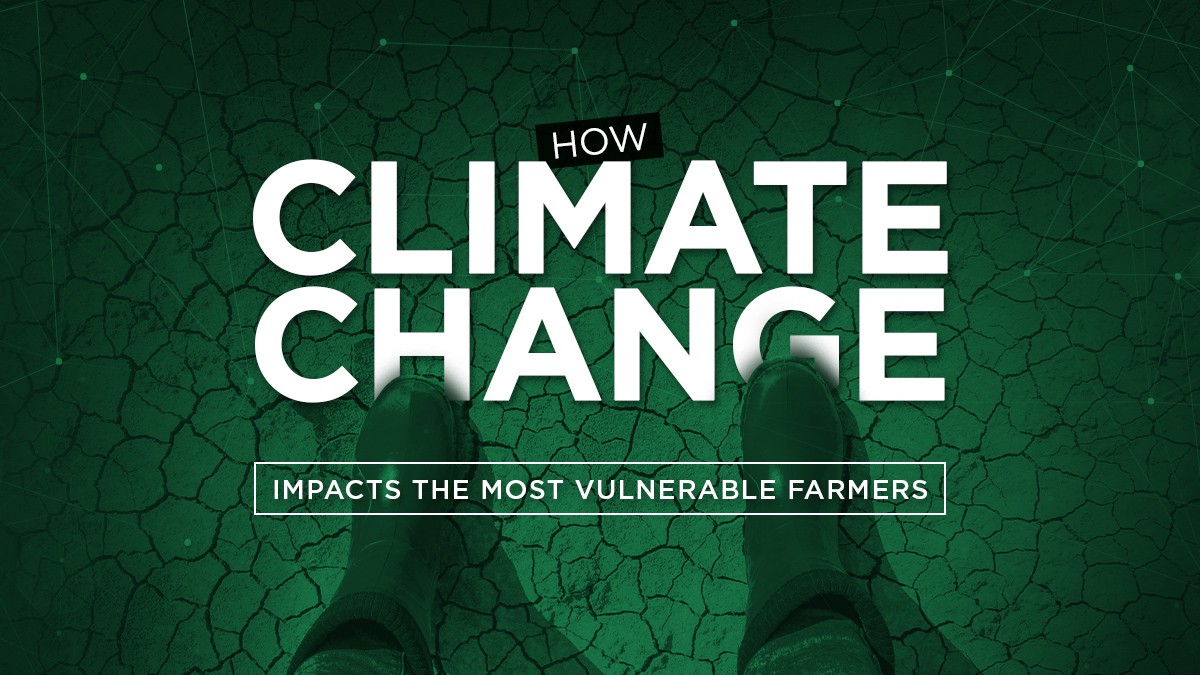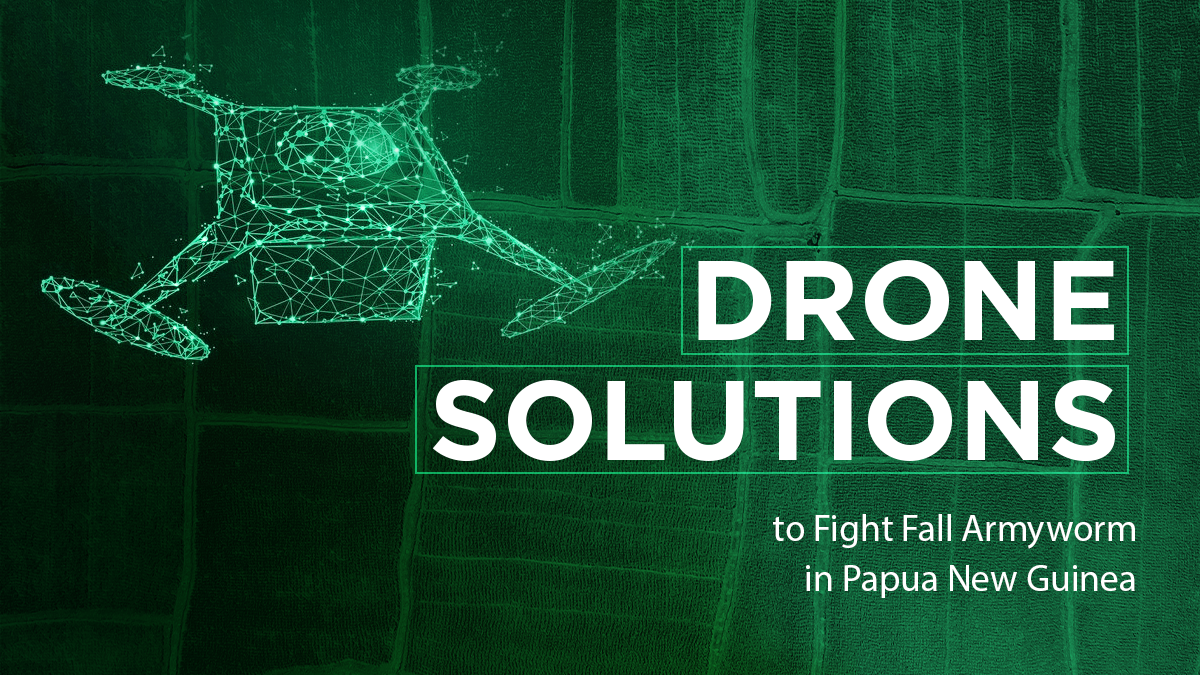Dimitra and Ocean Protocol Unlock the Power of Agricultural Data

Dimitra has partnered with Ocean Protocol to help develop the next generation of agricultural solutions using data from the Connected Farmer Mobile Application. At its core is the simple idea to incentivize farmers to collect data. And then use that data to refine and advance agricultural technology.
If you know about the powerful mission behind Dimitra and DMTR, then you already know that helping smallholder farmers reach success through technology is at the core of the project. The partnership with Ocean Protocol’s powerful decentralized data exchange platform is another piece of the larger ecosystem.
Let’s take a quick look at how Dimitra handles data in the ecosystem, what role Ocean Protocol plays, and how the joint Data Bounty between the two companies is putting the power of global change in the hands of the world’s top data scientists and organizations.
How it All Works
Most people are fully aware of the power of data. It helps us train machine learning (ML) models and refine artificial intelligence (AI) systems. In turn, these advanced systems help us predict, adapt, and change using data-driven insights.
While these profound advancements in how we approach technology have become a familiar face in the last decade. The reach of this kind of tech is far from expansive. For the millions of smallholder farmers across the world, the idea of implementing systems based on AI insights is closer to science fiction than everyday reality.
Dimitra and Ocean Protocol are here to change that. Dimitra provides a rich set of open source agricultural datasets — including soil datasets, weather/environment datasets, and satellite vegetation indices datasets. Using the Connected Farmer app, farmers can:
- Get access to precision farming technologies through the mobile app — all on their smartphone or other device.
- Earn rewards in DMTR for their activity on the app.
- Exchange DMTR for access to the latest agriculture technologies (satellites, drones, sensors, etc.)
Moreover, these farmers will also have access to satellite data, weather data, and much more. These insights will help drive better decision-making for these farmers and help maximize yields.
Currently, only around 20% of crops from smallholder farmers make it to the market. The rest of those crops help feed families and communities. The goal of the smart farming practices is to double the yield of these farms, which aligns with Dimitra’s overall mission to help meet the UN’s Sustainable Development Goals (SDGs).
Imagine the impact a doubling of agricultural yield would have on these farmers, their families, and their communities. It’s not just more food; it’s more capital, healthier children, and better opportunities. It all starts and ends with data.
Why are Farmers Incentivized to Add Data?
What is one thing smallholder farmers can offer major ag-tech service and product providers? The answer is data.
Through the Connected Farmer App, farmers can add data points from their farms. We encourage this activity by offering Dimitra Points for their hard work. For every piece of data they enter into the app — cattle data, soil data, etc. — they receive Dimitra Points.
With Dimitra Points, a farmer can:
Swap to DMTR
Buy agriculture-specific services
Use DMTR to swap into another cryptocurrency
Use a local fiat off-ramp
Engage with the Micro Loan Program
By simply adding more advanced record-keeping practices to their everyday work routine, farmers have access to the latest and greatest ag-tech products and services. It’s really that simple.
What Does All This Data Do?
Data is a hot commodity. This data is as good as gold for organizations leveraging ML and AI technology. To help connect anonymous aggregated data sets created through the Connected Farmer Application to the people who need them most, Dimitra has partnered with Ocean Protocol.
Why Ocean Protocol? As the most powerful decentralized data exchange platform and marketplace built on the blockchain, its goals of transparency, security, and safety align with the overall mission of Dimitra.
On the other side of this transaction are the governments, universities, and agribusiness partners who use the anonymous aggregated data generated through the platform. In return, they offer their services and products through the Marketplace. It’s a win-win.
As farmers feed more data into the system, services will improve. As demand grows, the system will incentivize farmers to earn or buy more tokens to access advanced services. All of this plays into the overall supply and demand mechanics of DMTR — increasing value for farmers and everyday token holders.
Who Benefits?
Part of what makes the Dimitra platform so great is its dedication to farmers. The “Farmer First” ethos means every data set sold on the Ocean Marketplace puts revenue into the hands of smallholder farmers.
That doesn’t mean other ecosystem partners are out of the loop. The total revenue breakdown is as follows:
Ocean Protocol/Dimitra: Next Steps
Dimitra’s partnership with Ocean Protocol doesn’t stop at selling data sets. Together, these two blockchain powerhouses incentivize data scientists to act toward global agricultural change by offering a bounty for their powerful insights.
Data Bounty Mechanism
Ocean Protocol partners with agricultural organizations across the world. They provide datasets and work with Ocean Protocol to offer bounty rewards in OCEAN tokens. The competition is all about who can come up with the most profound and impactful insights.
The bounty will stir interest with the 250,000 strong Ocean community, including data scientists worldwide, and they will compete to provide the best data-driven insights based on the data set.
Ocean’s data scientist community will be challenged to get insights relating to the optimal conditions to maximize crops yields. This involves data augmentation techniques to aggregate the various datasets, and the use of time-series, regression, classification and clustering algorithms that enable Ocean’s community to discover valuable patterns and trends in the data that lead to maximizing yields and quality while minimizing risks.
It’s not meant to be a complicated process, at least from the bounty standpoint. This program will hopefully bring in the best and brightest minds in the field of data science and direct their efforts toward solving some of the world’s biggest challenges.
A panel of evaluators from Ocean and Dimitra will independently review and rank submission entries followed by a community vote.
What are the Rewards?
Phase 1:
Data scientists are invited to generate ideas about how data sets presented can be used. Participants may use any of the 9 data sets provided to derive insights or identify correlations between them and provide insights. The ideas should reflect how data models or ideas can be used to discover valuable insights, trends, and how to exploit them in order to maximize and improve crop yields.
Phase 2:
Participants will publish their algorithms that can be used on the Ocean data marketplace using a compute to data feature. The entries should contain well explained use cases and bonus points will be awarded for using algorithms that discover valuable patterns and trends in the data. The goal of phase 2 is to develop reports, analytics, and also to identify, create, and publish algorithms to analyze the data. Bonus points
For more detailed information on the bounty program and phases 1 and 2, please consult the dedicated press announcement here.
While bounty rewards are subject to the data set provider and client, here is a basic overview of what those bounty rewards might look like:
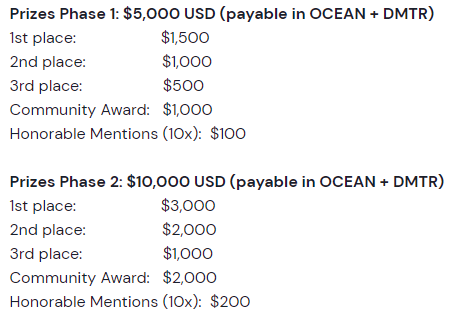
“Changing the world with data requires many great minds focused on unveiling wisdom from the soil beneath our feet. Analysis and innovation are some of the first steps. Together we can change how we feed the world in a sustainable way. Join us in uncovering value from our data to help the world’s farmers”. — Jon Trask
Dimitra Incorporated
New Horizon Building, 3-1/2 Miles Philip S.W. Goldson Highway, Belize City
info@dimitra.io